One might logically figure that drift boats just...drift. That the river current is their main source of locomotive power. And a long set of lightweight oars are more for maneuvering than for serious forward or reverse motion.Jason Cajune, who designs and builds premium wooden drift boats at his Montana Boatbuilders shop near the Yellowstone River, says a lot of fly-fishing guides view their boats simply as a form of transportation rather than as a tool to help them catch fish. “I see a lot of guides take their clients down the river and drop them off on a bank to fish from shore. That doesn’t make any sense to me.”To be sure, rowing a boat upstream with three persons aboard can be strenuous and a good upper-body workout. The same can be said of working quickly from one side of the river to the other to get within casting distance of a good-looking eddy where a trout might lurk in the shadow of the bank, playing the current. In between these bursts of activity, manning a drift boat is indeed quiet, reverent work, the hull making no sound or leaving any wake as it moves at the same speed as the current. It’s not unlike a ride in a hot-air balloon—silent and seemingly inert, suspended in its medium.
Join The Conversation
We welcome your comments about this article. If you’d like to include a photo or a video with your comment, please email the file or link.
Comments (2)
Leave a Reply
Stay On Course

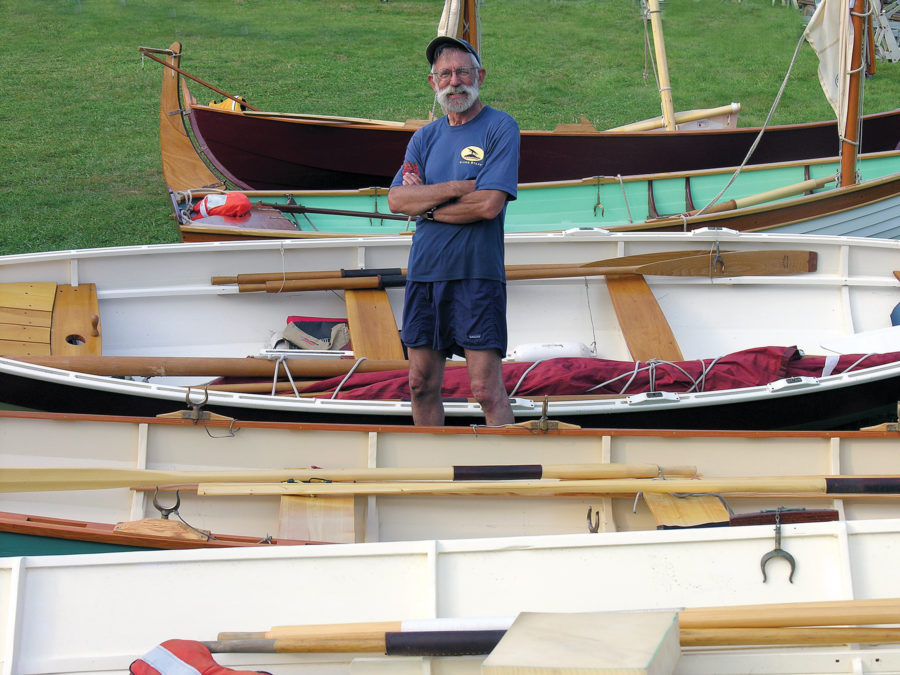
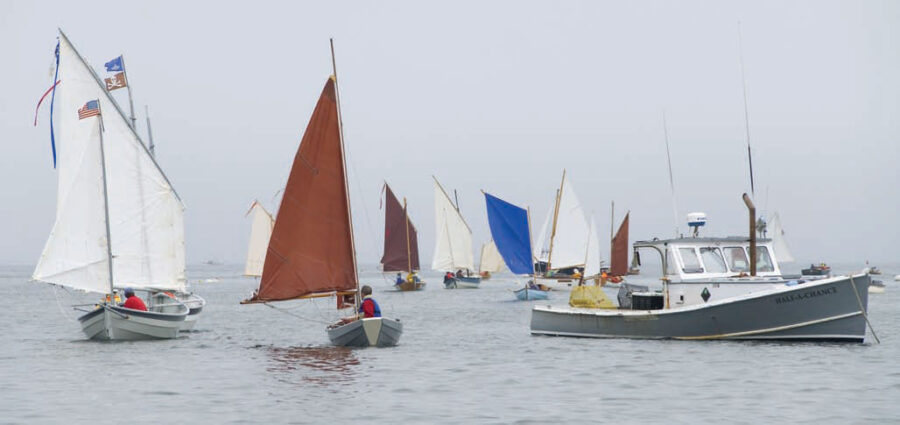
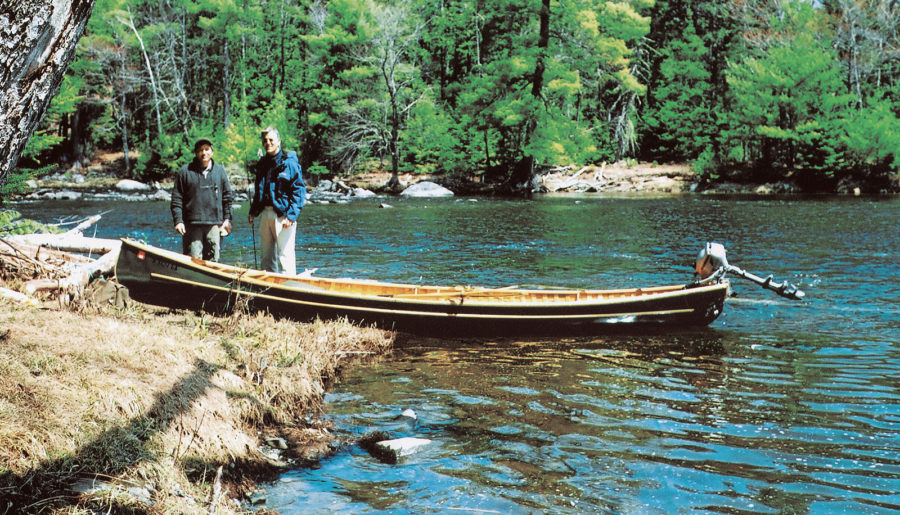
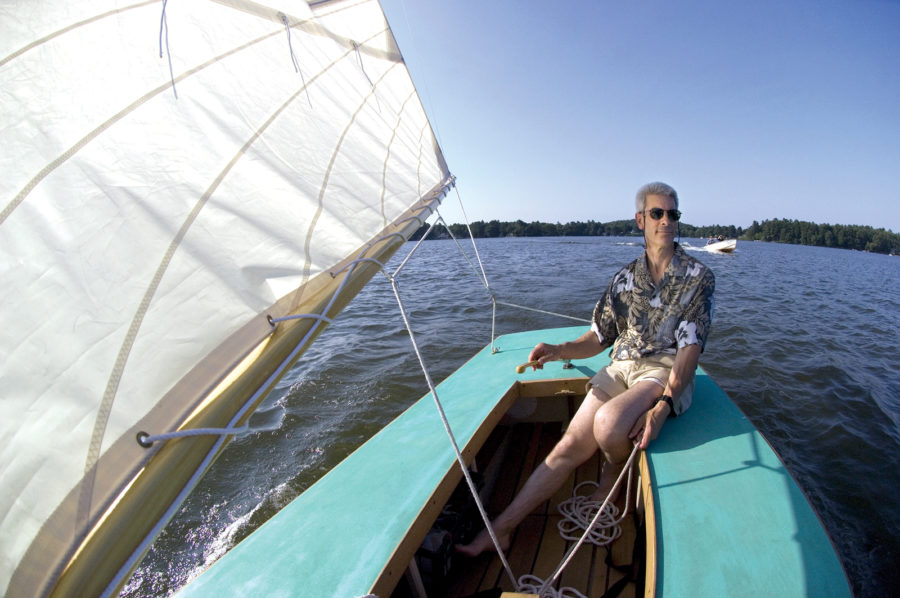
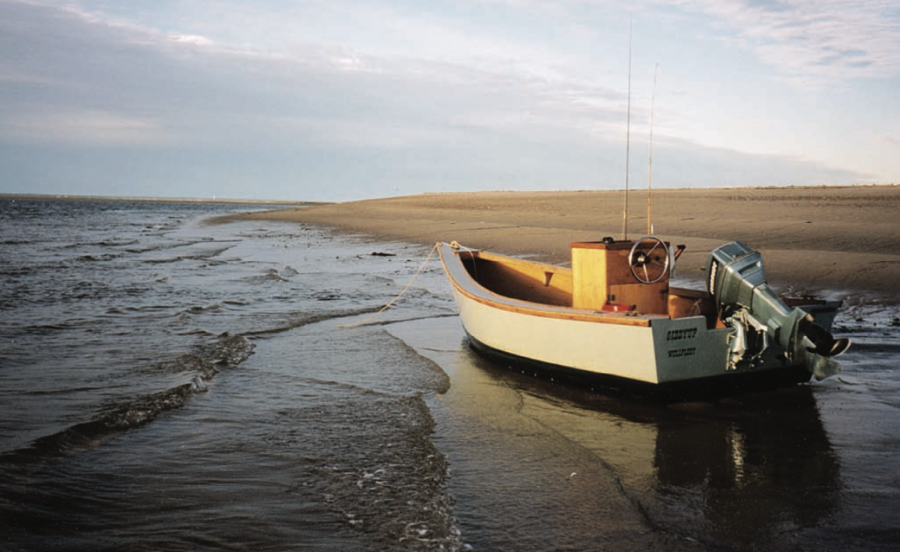
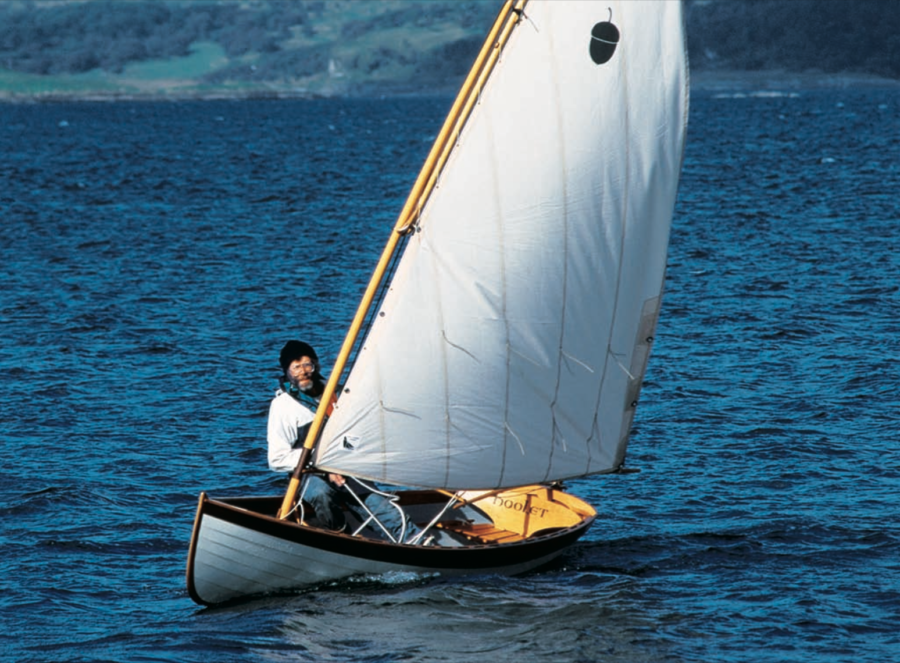
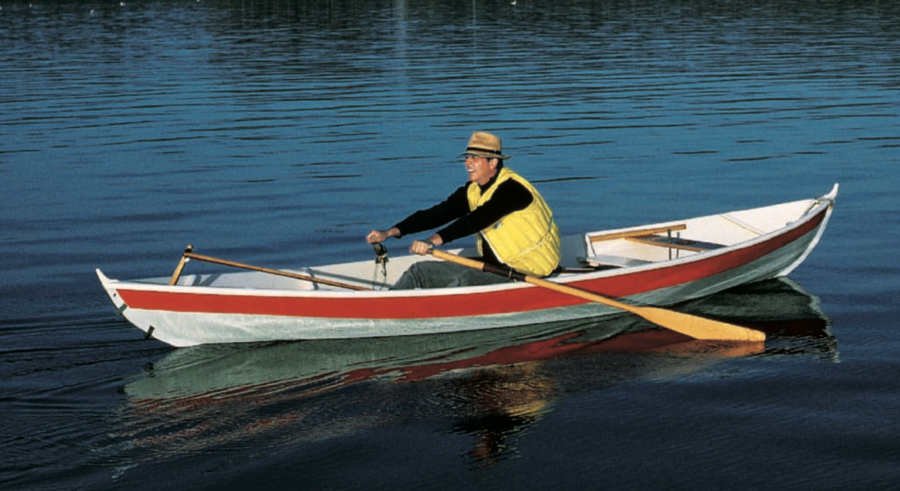
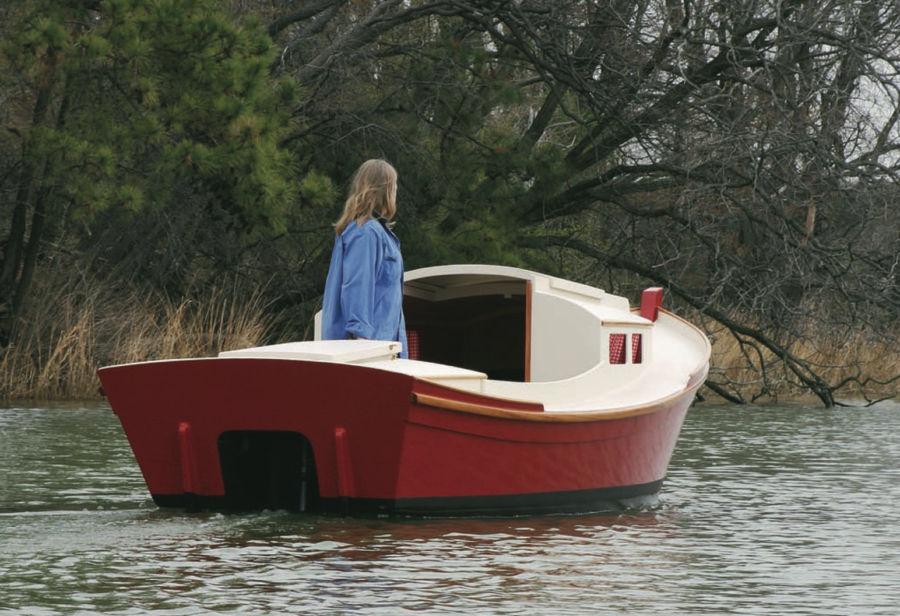
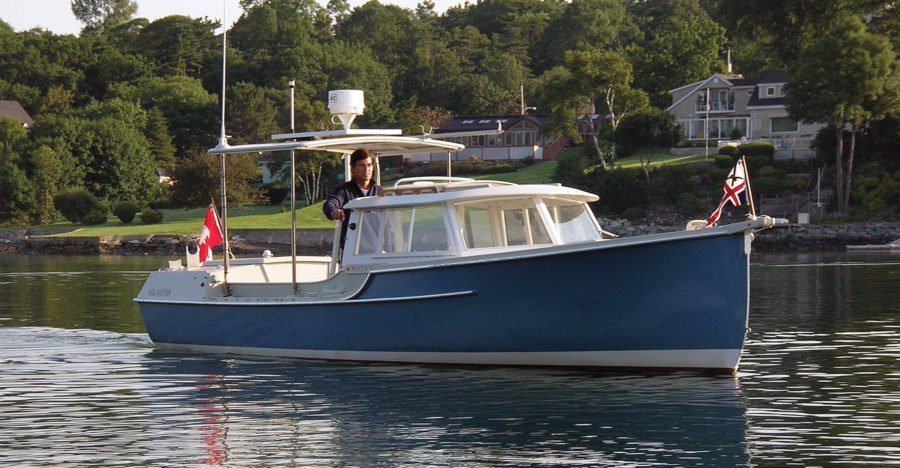
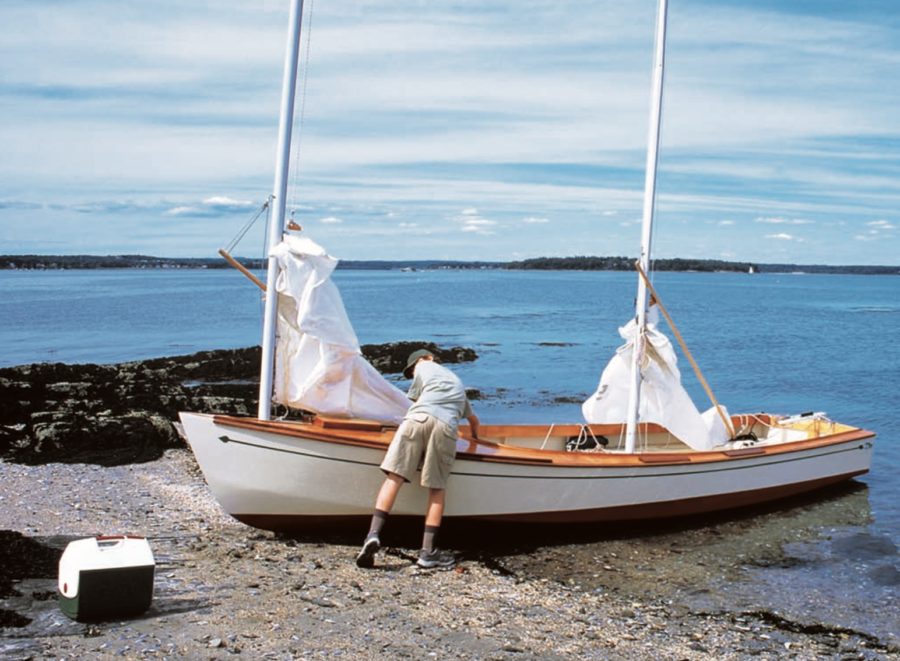
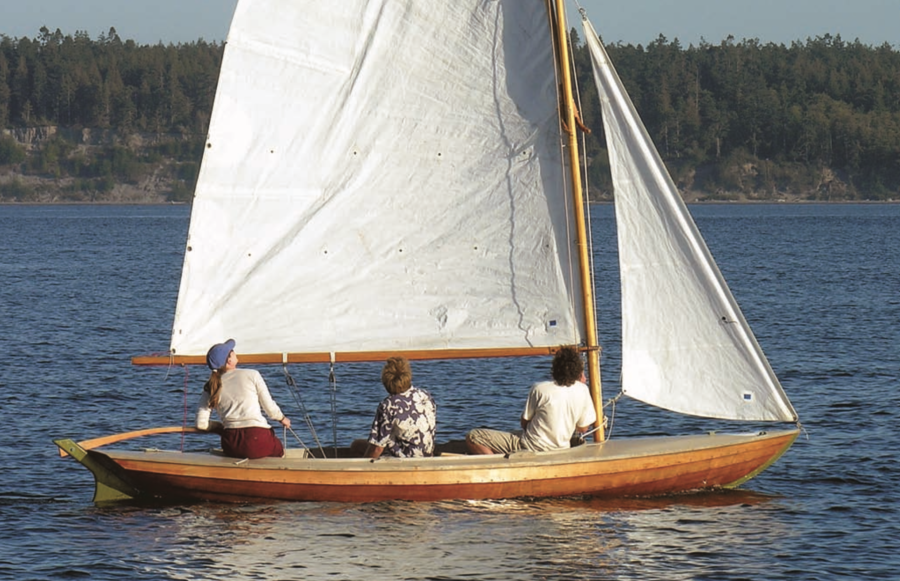
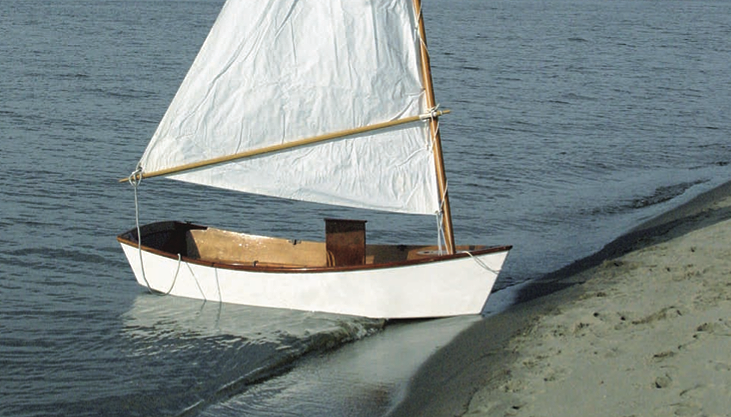
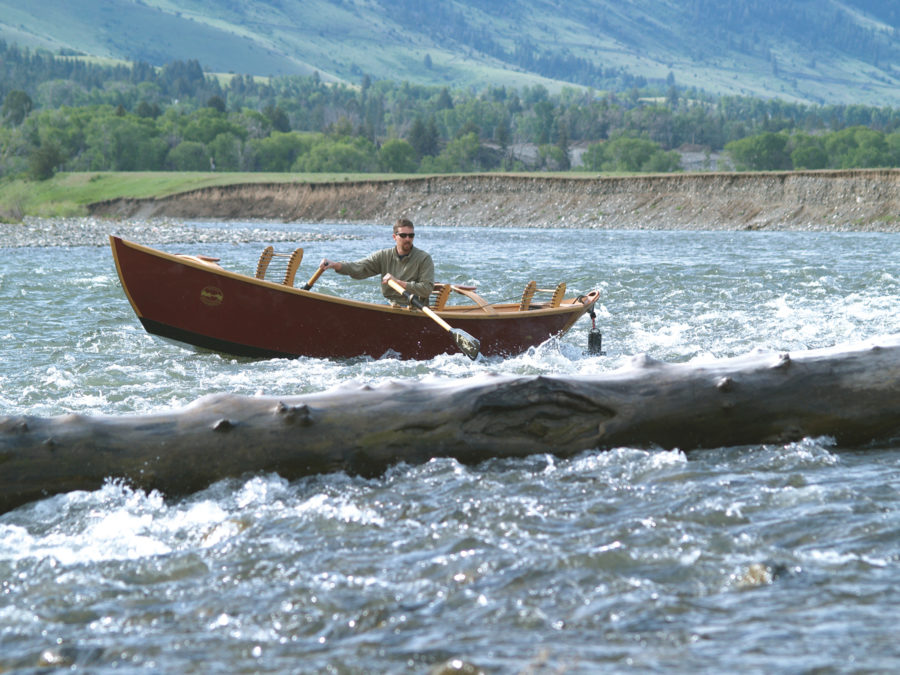
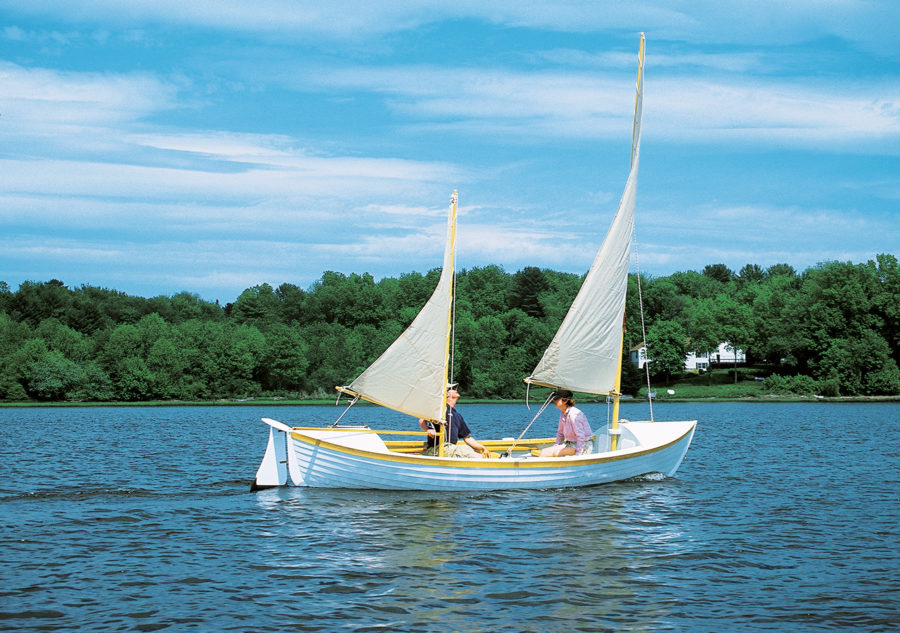
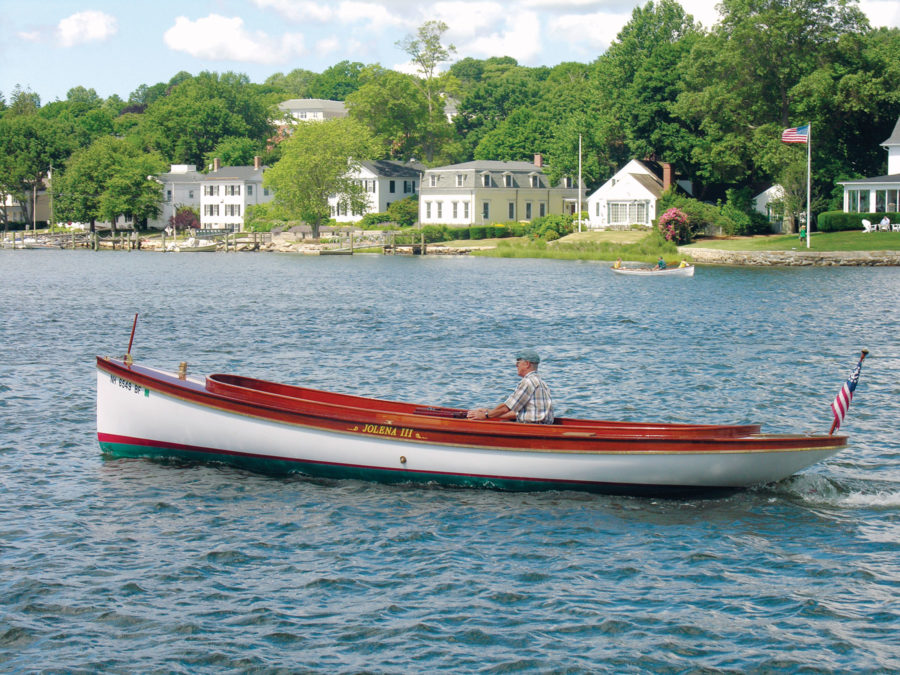
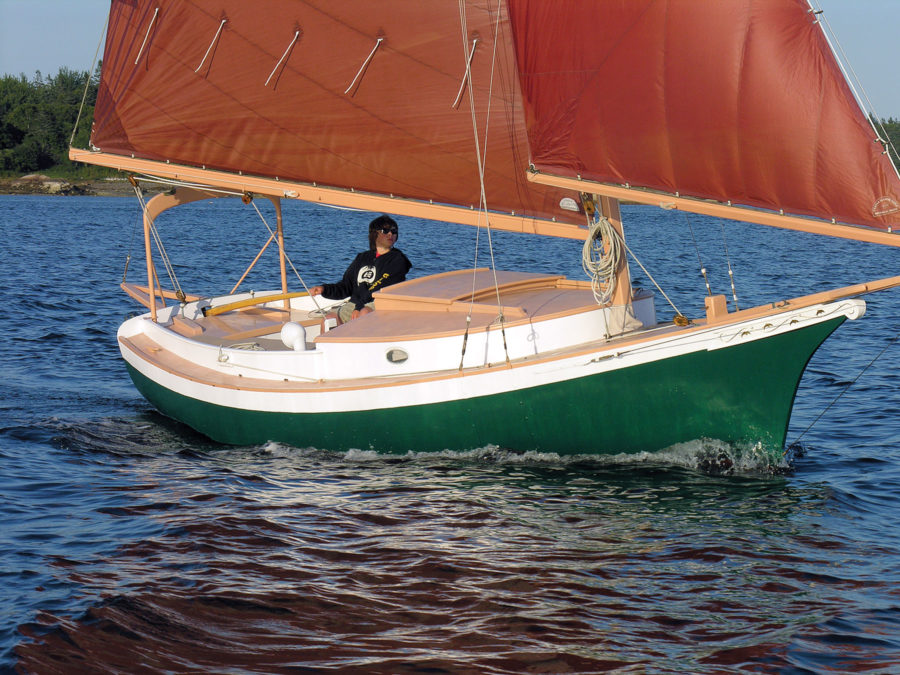
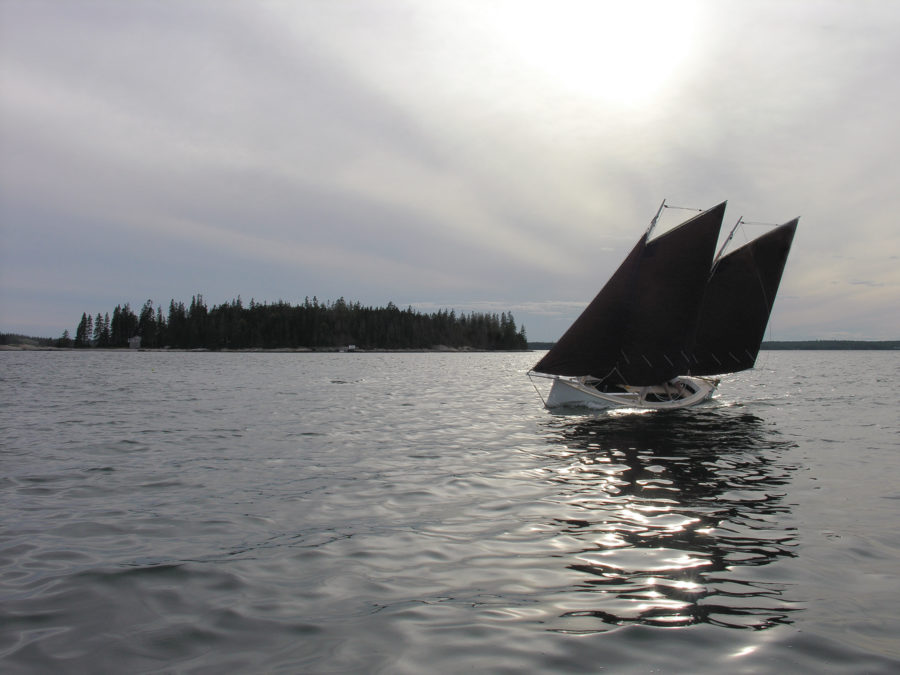
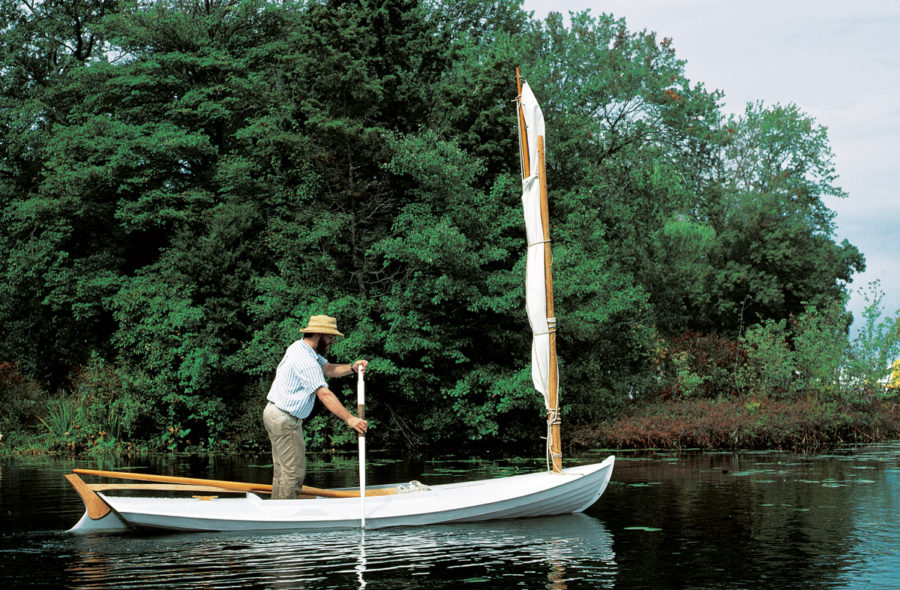
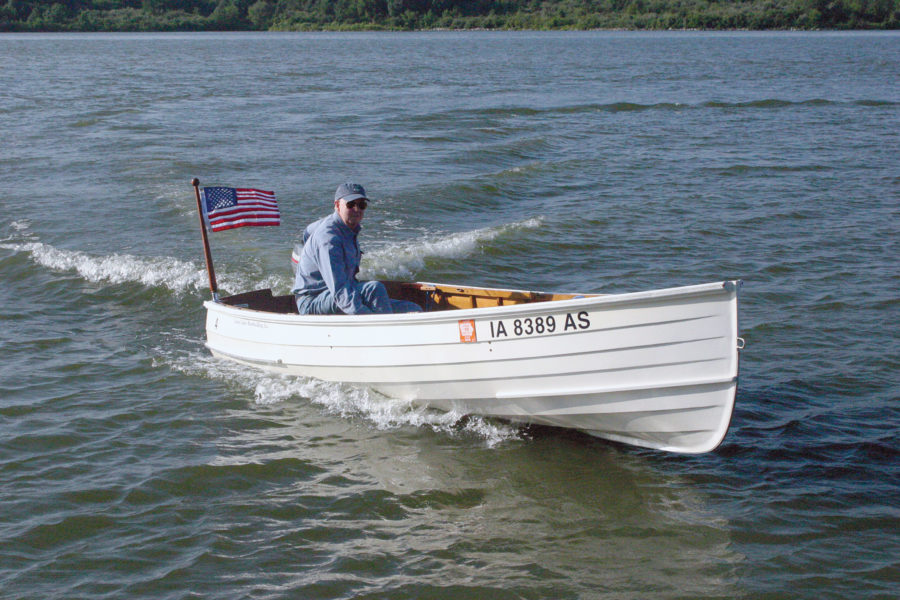
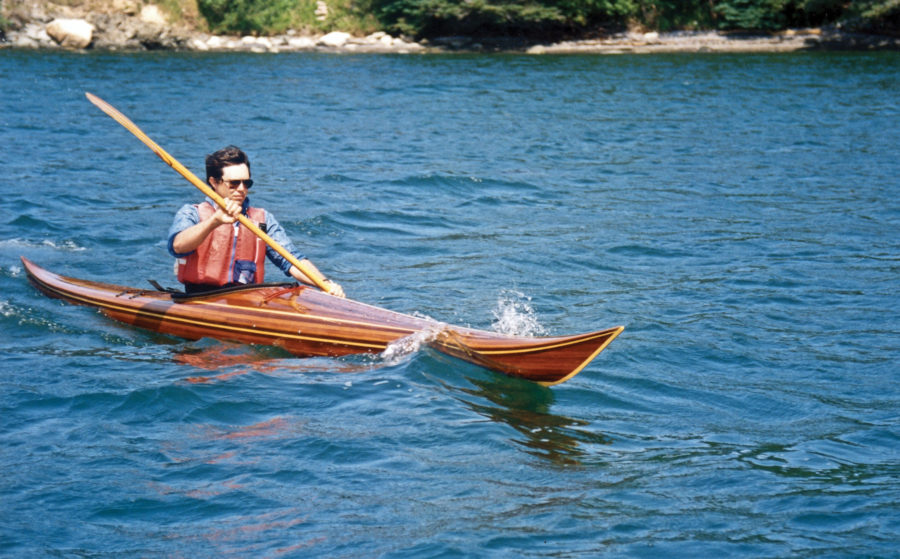
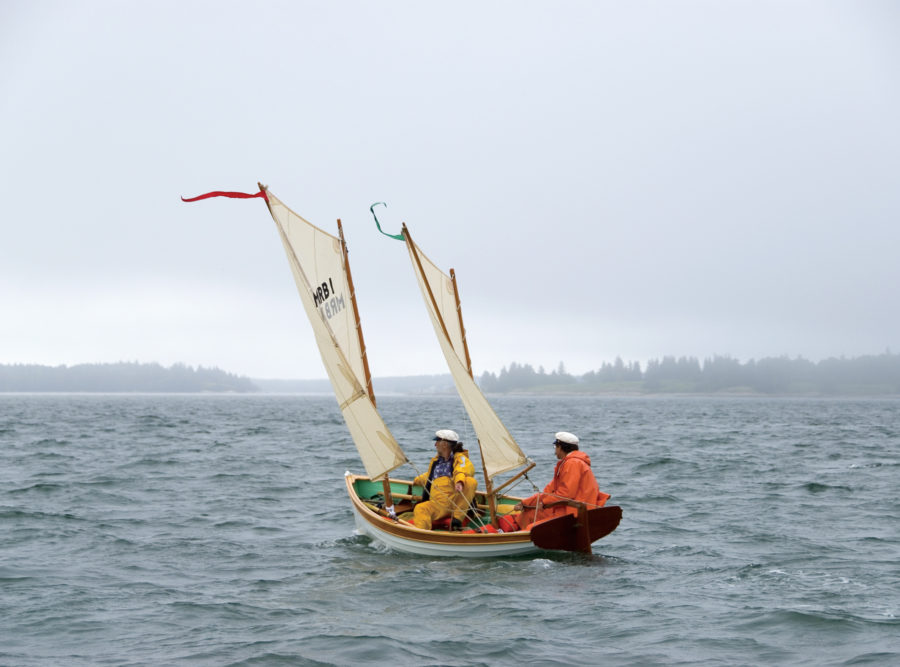
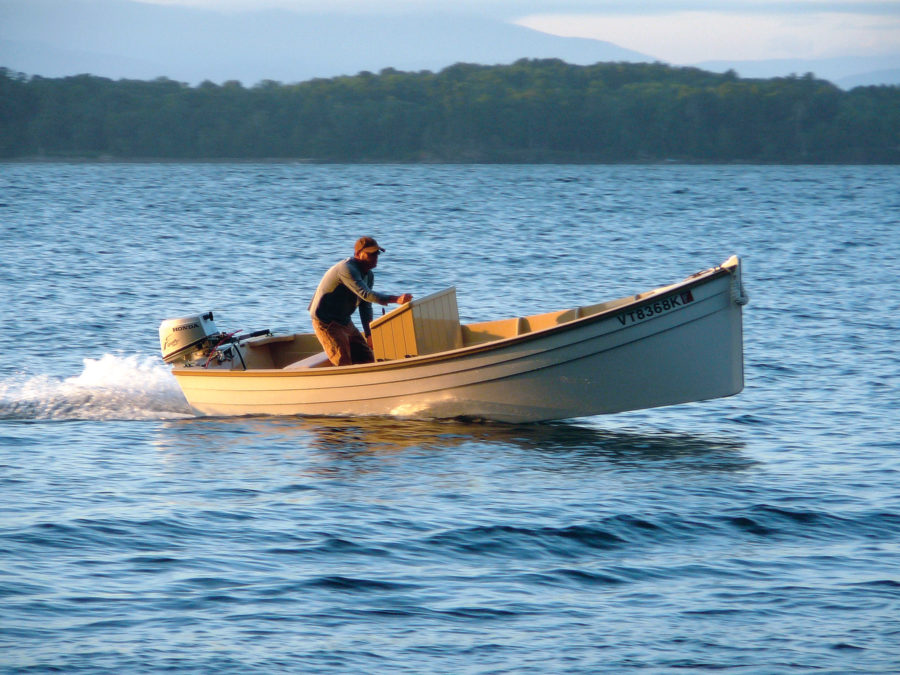
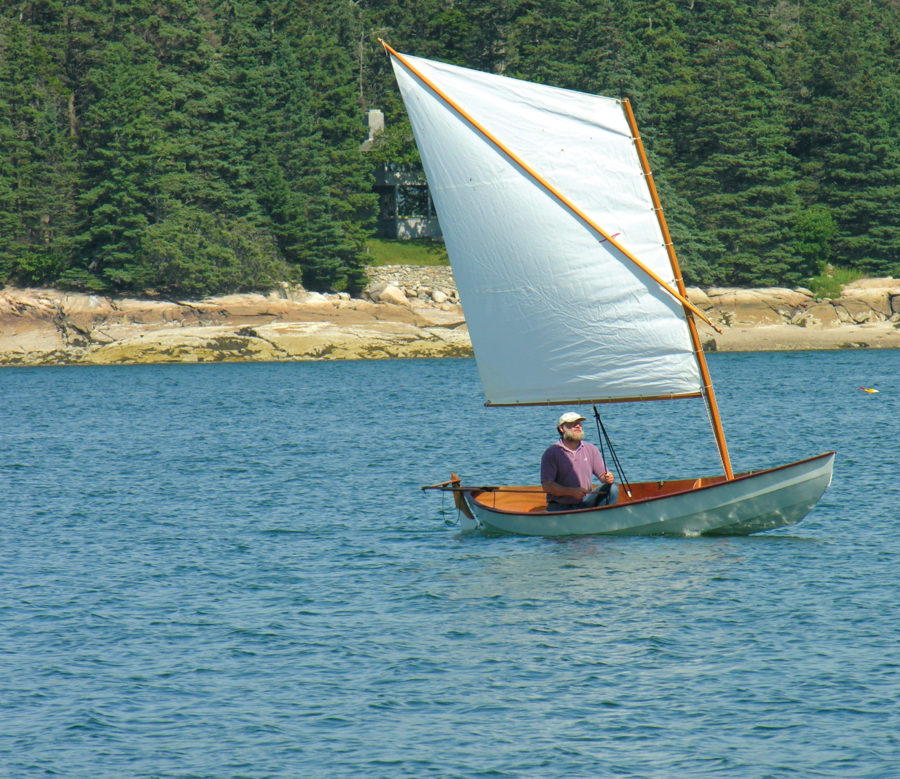
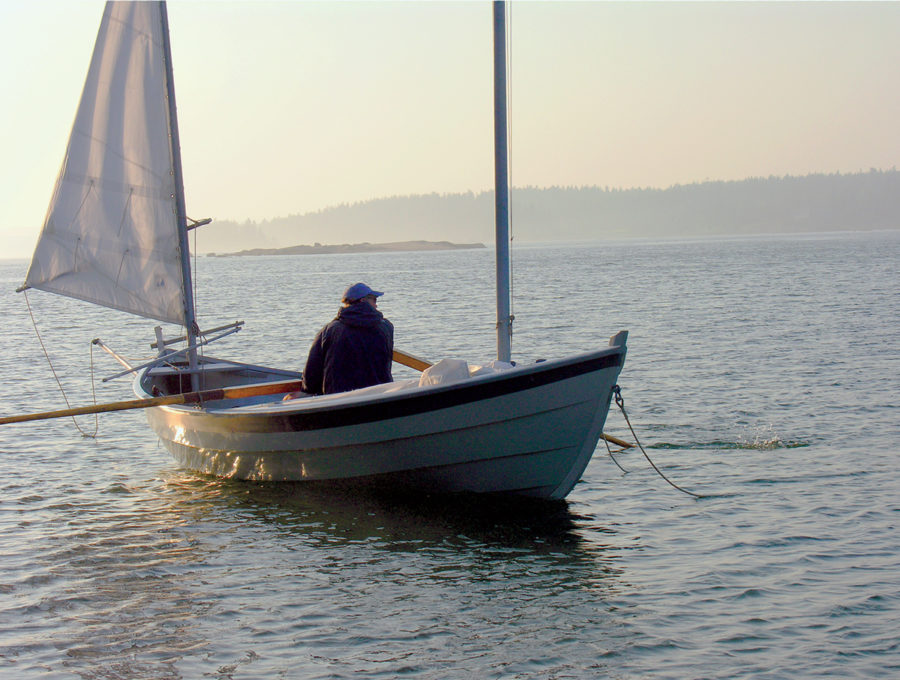
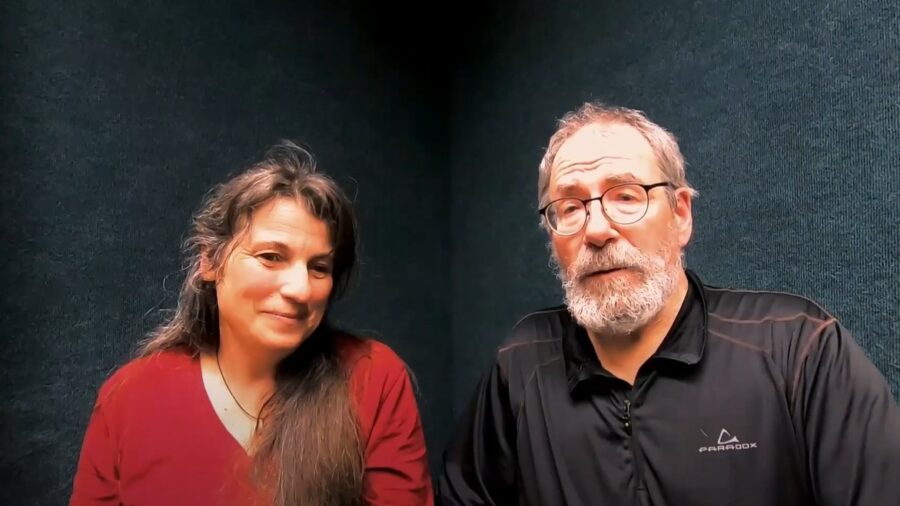
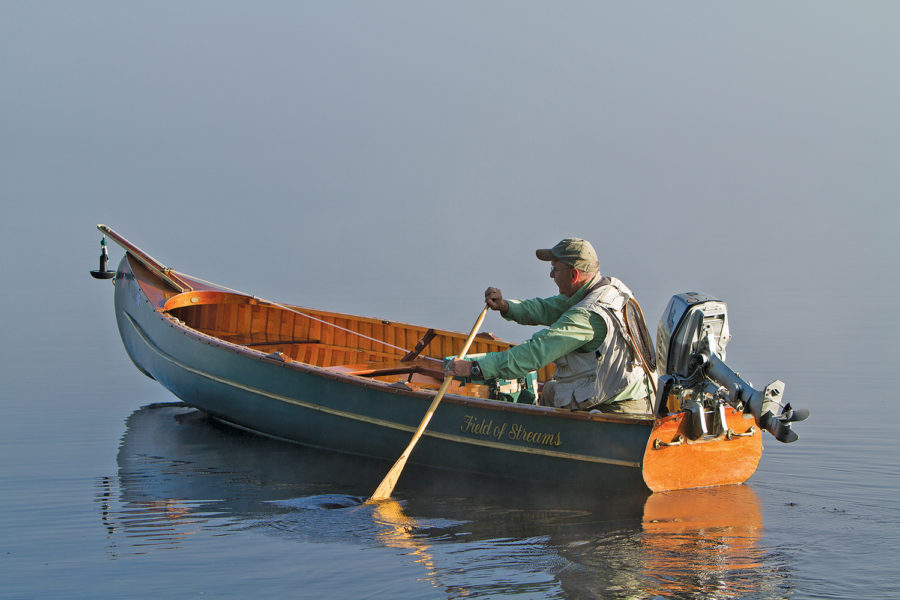
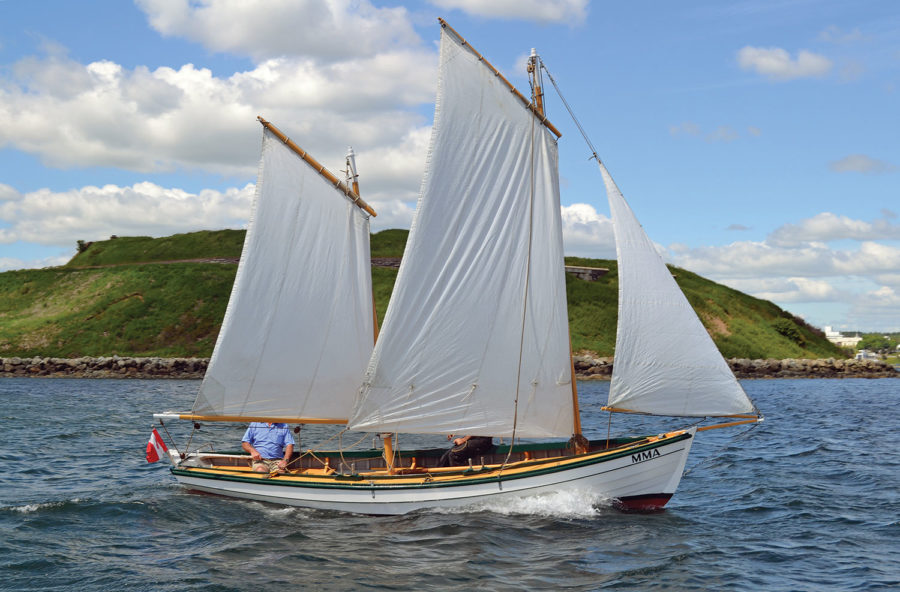
Hello,
I’m from Argentina and looking for more info and plans about this boat.
Thank you!!
It looks like the plans are available from the designer at Cajune Boats.